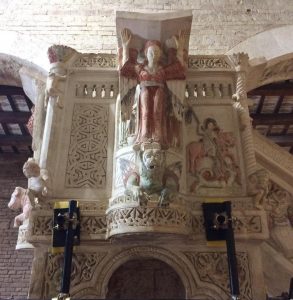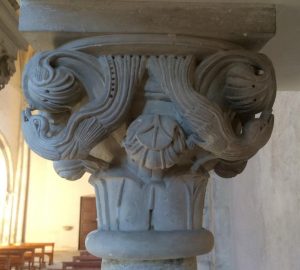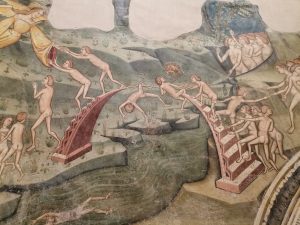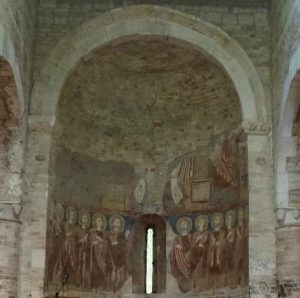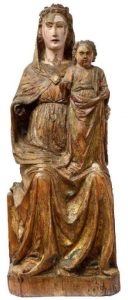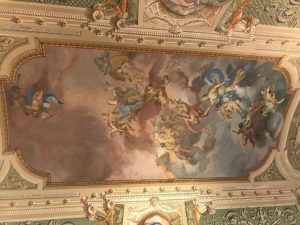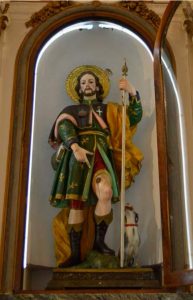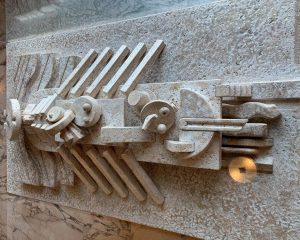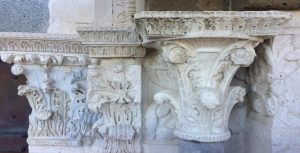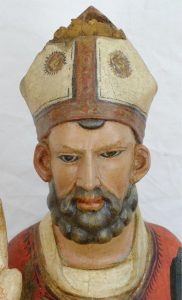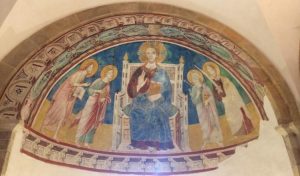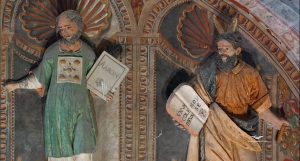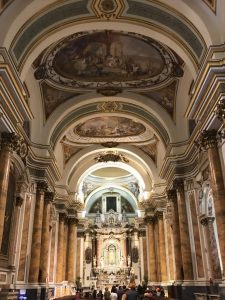Historical – Artistic Heritage
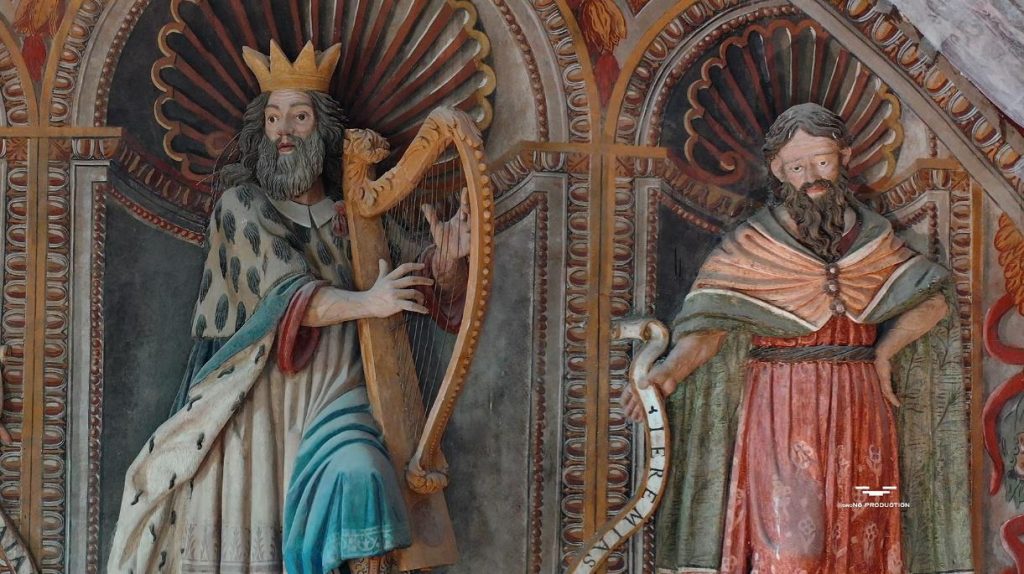
The competences of the Superintendence in the field of historical and artistic assets concern first of all the protection activity carried out through procedures declaring cultural interest, authorizations regarding works or movements of cultural assets, as well as authorizations for loans for exhibitions and expositions, in accordance with the provisions of the Cultural Heritage and Landscape Code (Legislative Decree 42/2004). Inspection activities in the area and high surveillance of restoration interventions undertaken by public and private owners of cultural assets are fundamental. These activities, alongside the control of the state of conservation of the works and the supervision of the correct execution of the interventions, sometimes offer opportunities for research and in-depth analysis on the history and technique of creation of the historical-artistic assets.
The historical and artistic heritage of the provinces of Chieti and Pescara is characterized by a notable variety of areas of interest, ranging from medieval to contemporary art and by numerous types of goods: paintings on various supports, wooden and stone sculptures, works of graphics, installations, textile, ceramic and metal artefacts, painted and stucco decorative devices as well as stone items for churches and much more.
Important works of Romanesque and Gothic sculpture can be found in the Abruzzo region, from the ambos of the masters Nicodemo, Roberto and Ruggiero – a synthesis of different cultural influences, paleo-Christian, Byzantine, Islamic-Moorish and classical – to the decorative sculptural apparatuses accompanying the churches of monastic orders, to the sculptures preserved in civic or diocesan museums, such as the medieval Antiquarium “Antonio Cadei” of Guardiagrele, a small museum which displays valuable sculptural fragments from the 12th to the 15th century, coming from the churches of the area, set up by the Municipality with the collaboration of the Superintendency.

The mixture of different artistic languages continues in the fourteenth and fifteenth centuries, when the pictorial decorative systems of the churches reveal the Emilian and Marche influences combined with the late Gothic Sienese ones of some artists active in the area such as Antonio Martini da Atri (active in Manoppello and Penne) but there are also figurative coordinates that refer to Neapolitan roots and the artistic experiences of the L’Aquila area: one of the most interesting examples of fifteenth-century pictorial cycles in the province of Pescara is certainly that of the church of Santa Maria in Piano in Loreto Aprutino, where in the Last Judgment in on the counter-façade there is one of the rare depictions of the so-called “hair bridge“, an iconography dating back to an ancient Middle Eastern tradition
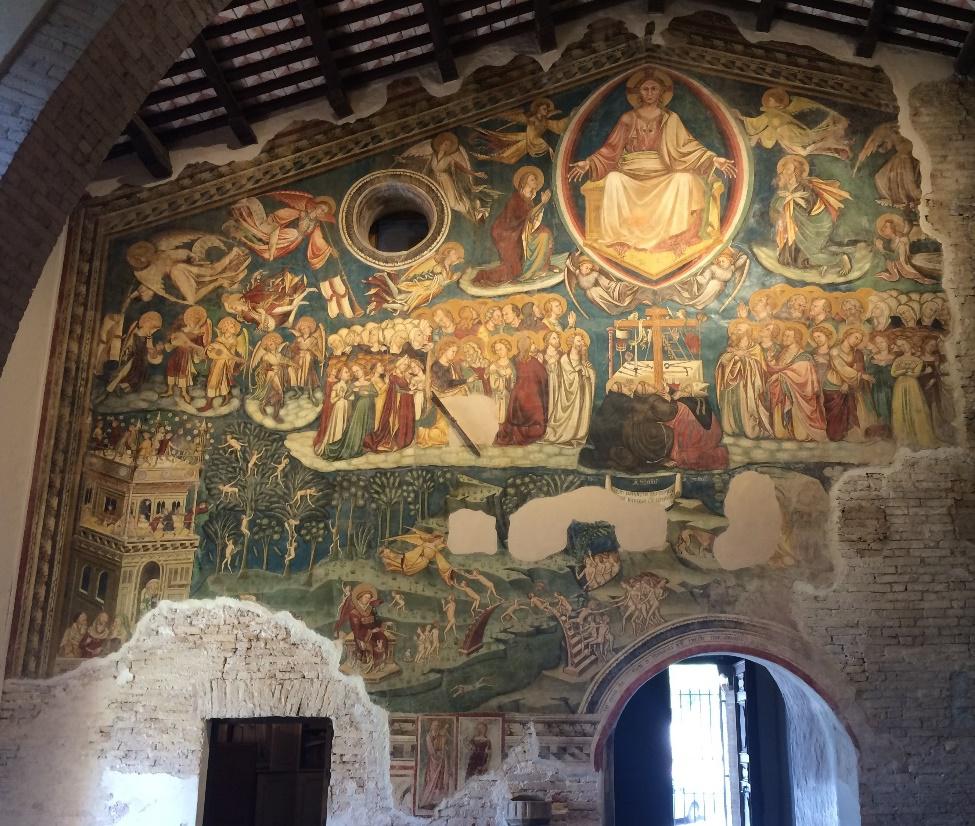
Loreto Aprutino | Chiesa di Santa Maria in Piano – Giudizio Universale – XV secolo.
n the following centuries, the historical and artistic heritage of this area of Abruzzo remains characterized by the fusion of several figurative cultures, which in the Baroque era and in the 18th century were above all the Lombard and Neapolitan ones, with the presence in the region of artists from those territories , such as Tanzio da Varallo (active in Colledimezzo and Fara San Martino), Giovan Battista Gianni (active in Penne, Città Sant’Angelo and Chieti), Giacomo Colombo (in Chieti and Lanciano), Giacinto Diano (in Lanciano and Chieti), Donato Ferada (in Alanno and Chieti) and Giambattista Gamba (in Penne and Chieti).
Some Abruzzo artists active in the seventeenth and eighteenth centuries were also of Neapolitan training: Giovanni Battista Spinelli (in Ortona and Lanciano), Pasquale Bellonio, Domenico Renzetti and Francesco Maria Renzetti (in Lanciano, Ortona and Casoli), Donato Teodoro (in Chieti). At the end of the 18th century the painters Nicola Ranieri, Francesco Maria De Benedictis and Ferdinando Palmerio worked industriously in Guardiagrele and in the neighboring municipalities up to Chieti, leaving a production with such recognizable characteristics as to earn the name of “Guardiagrele school”, city of origin of the three artists.
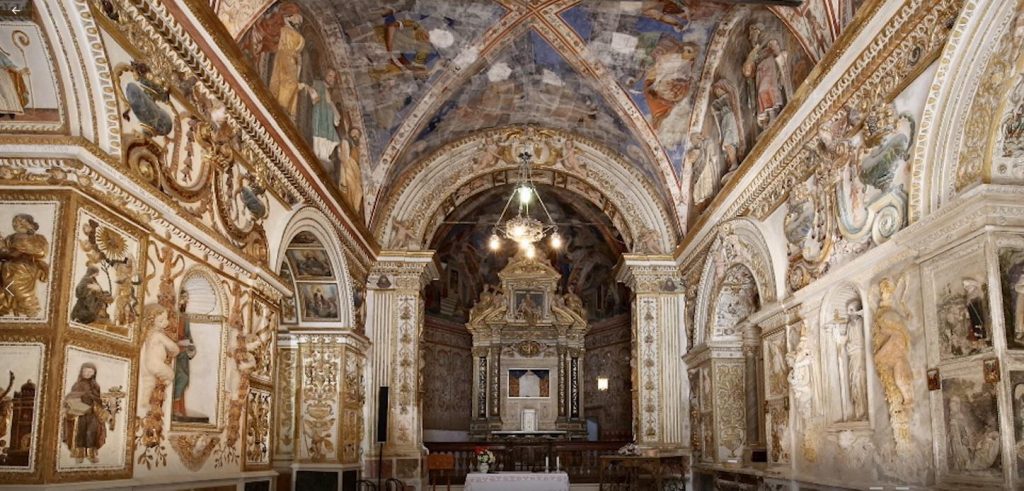
During the nineteenth century, figurative culture appears closely linked to the territory with its landscapes, popular traditions, customs, folklore, declined by the different sensibilities of the artists now towards an interpretation closer to French realism, attentive to the rendering of the landscape and states of mind (the Palizzi brothers, an important group of whose works are preserved in the Civic Museums of Palazzo d’Avalos in Vasto), now towards a highly expressive representation of characters and nature, with the aim almost of sociological investigation and the desire to transcend the simple recovery of local reality to instead represent feelings, themes and values of a universal nature (Francesco Paolo Michetti).
At the turn of the nineteenth and twentieth centuries, the activity of the Cascella family is attested, whose production embraces multiple artistic techniques, from painting to engraving, from sculpture to ceramics, reconnecting, for the latter, to the flourishing Abruzzo tradition of Castelli ceramics and of Rapino. Also of great importance are the goldsmith’s productions, of which the greatest interpreter in this area is Nicola da Guardiagrele (15th century) and the flourishing tradition of polychrome wooden sculpture, which extends from the 12th to the 19th century with works of sacred and devotional subjects. for ecclesiastical purposes.
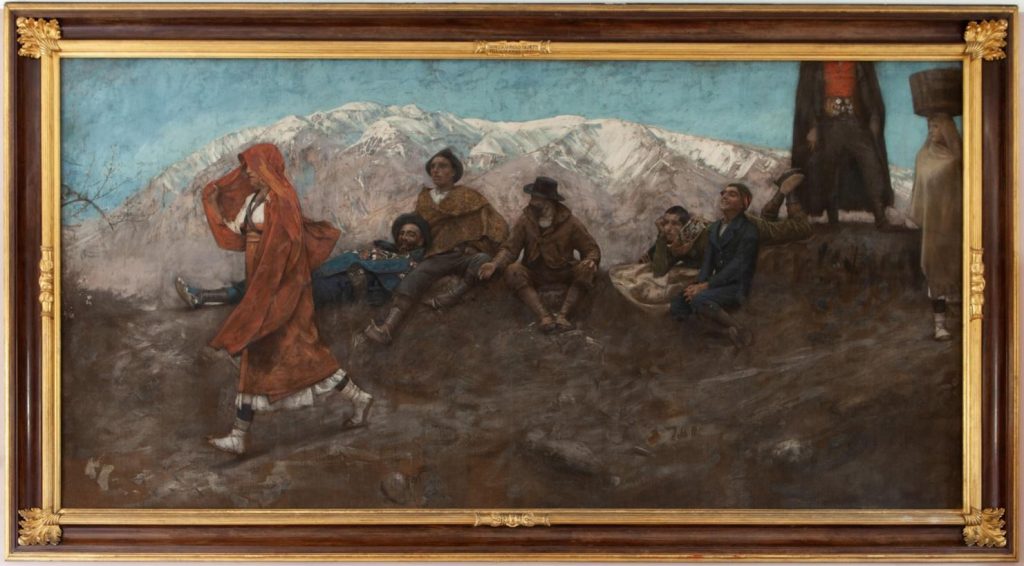
ORATORIO DI SANTA MARIA DELLE GRAZIE AD ALANNO:
- Aree Tematiche
- Archaeological Heritage
- Patrimonio Storico – Artistico
- Architectural Heritage
- Demoethnoanthropological heritage
- Tratturi – EN
- Education and Research
- Historical – Artistic Heritage
- Landscape
- Patrimonio Archeologico
- Patrimonio Architettonico
- Patrimonio Demoetnoantropologico
- Paesaggio
- Tratturi
- Educazione e Ricerca

